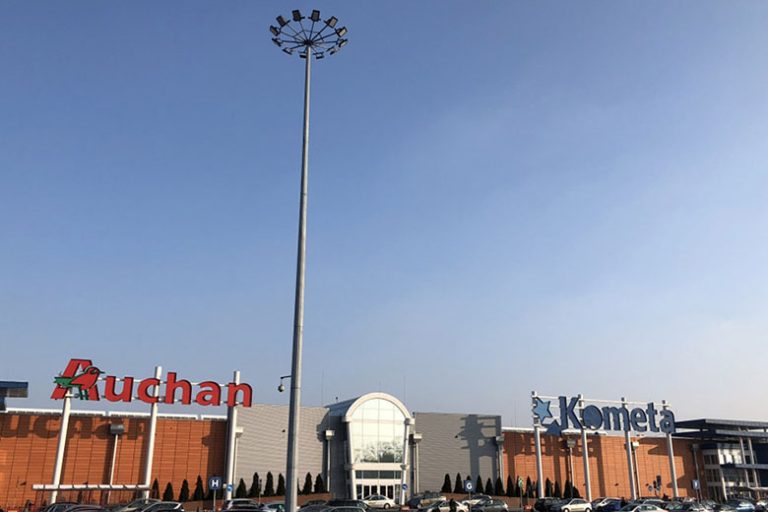how many watts is a led street light
LED street lights have become an indispensable part of our lives. They provide light for our lives, making our nights less dark. However, have you ever thought about how much electricity these seemingly ordinary street lights actually consume? Today, let’s explore this question together: How many watts does an LED street light require?
We need to understand what Watt is. Watt is the unit of electrical power, which represents how much electricity is consumed or generated per second. In daily life, we often use watts to measure the energy consumption of electrical equipment. For example, the power of a TV may be 100 watts, which means it consumes 100 joules of electricity per second.
How many watts does an LED street light require? The answer to this question is not fixed, as it depends on many factors, such as the brightness, color temperature, service life, and so on of LED lights. Generally speaking, the power of an LED street light may be between 15 watts and 30 watts. The power within this range can ensure the brightness and efficiency of LED street lights, while also saving energy.
Table of Contents
do led street lights reduce light pollution
This does not mean that all LED street lights require so much power. In fact, with the development of technology, the power of LED street lights is gradually decreasing. Some efficient LED street lights may even have a power of less than 10 watts. This is because modern LED technology can already provide higher light efficiency, which means that the same brightness requires lower power. This type of LED street light not only saves energy, but also extends its service life and reduces maintenance costs.
Of course, reducing the power of LED street lights does not mean sacrificing brightness. In fact, by optimizing the design, we can effectively reduce energy consumption while ensuring brightness. For example, we can achieve this goal by improving the light efficiency of LED chips or using more efficient driving circuits. In addition, we can further improve energy efficiency by adjusting the color temperature and color rendering of LED street lights.
The wattage required for an LED street light is not fixed and depends on many factors. However, with the development of technology, we can see that the power of LED street lights is gradually decreasing. This not only helps to save energy, but also improves the efficiency and lifespan of LED street lights. Therefore, we can expect that future LED street lights will be more energy-efficient, efficient, and long-lasting.
Although the power of LED street lights is decreasing, it does not mean that we can ignore their energy consumption. Because on a global scale, the energy consumption of street lights accounts for a significant portion of electricity consumption. Therefore, we need to continue our efforts to further reduce the energy consumption of LED street lights through technological innovation and management improvement. At the same time, we also need to raise public awareness of energy conservation and environmental protection, and encourage more people to participate in energy-saving and environmental protection actions.
led street light China trusted factory
In this process, the government, enterprises, and the public all have responsibilities and obligations. The government needs to formulate and implement relevant policies and regulations, encourage and support energy conservation and environmental protection technology research and product development; Enterprises need to invest more resources in technological research and innovation to produce more efficient and environmentally friendly products; The public needs to change their consumption habits, choose and use energy-saving products, and participate in energy-saving actions.
The wattage required for an LED street light is a complex issue that depends on many factors. However, with the development of technology, we have reason to believe that future LED street lights will be more energy-efficient, efficient, and long-lasting. At the same time, we also need the joint efforts of the whole society to promote progress in energy conservation and environmental protection, and create a better future for our cities and the earth.

